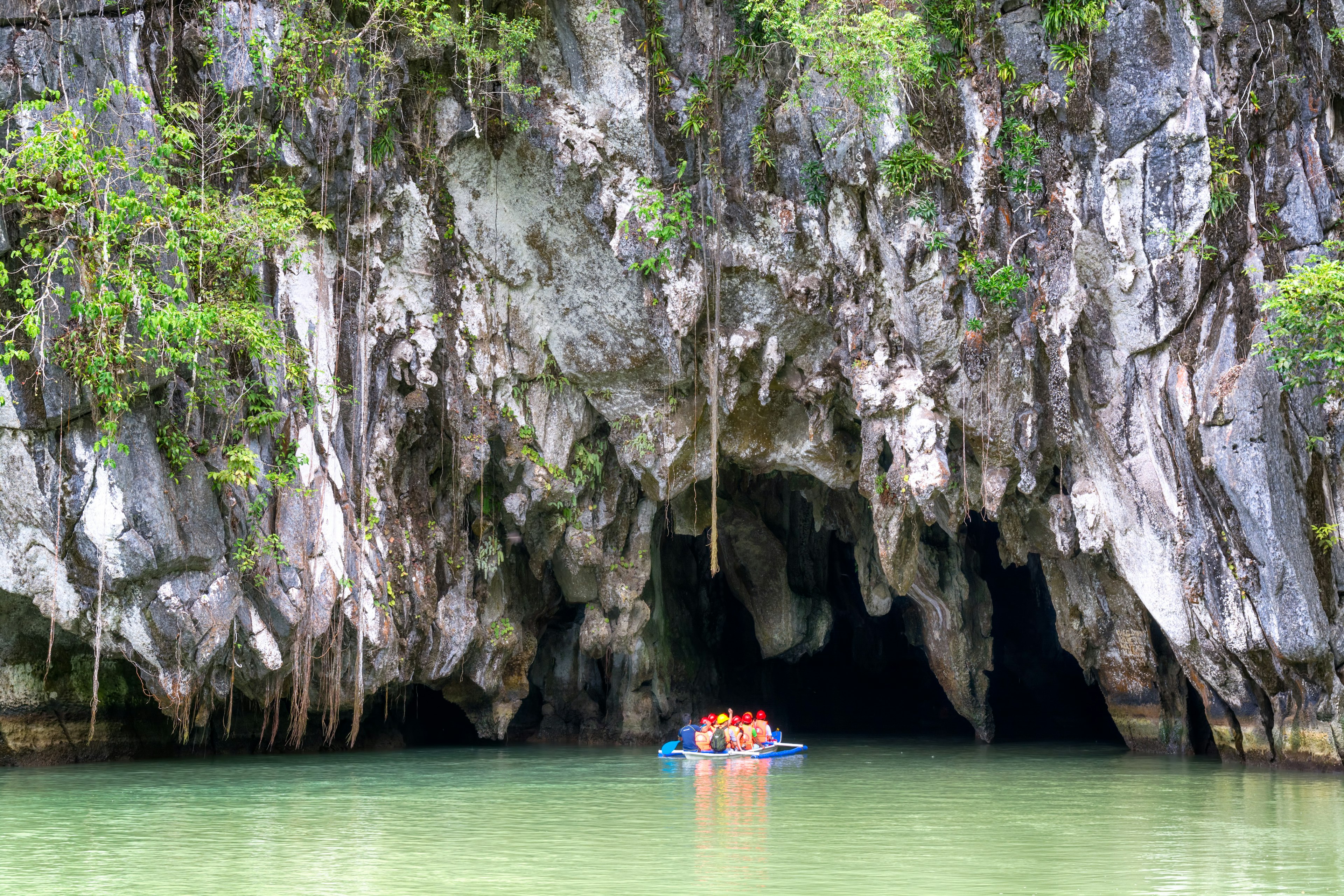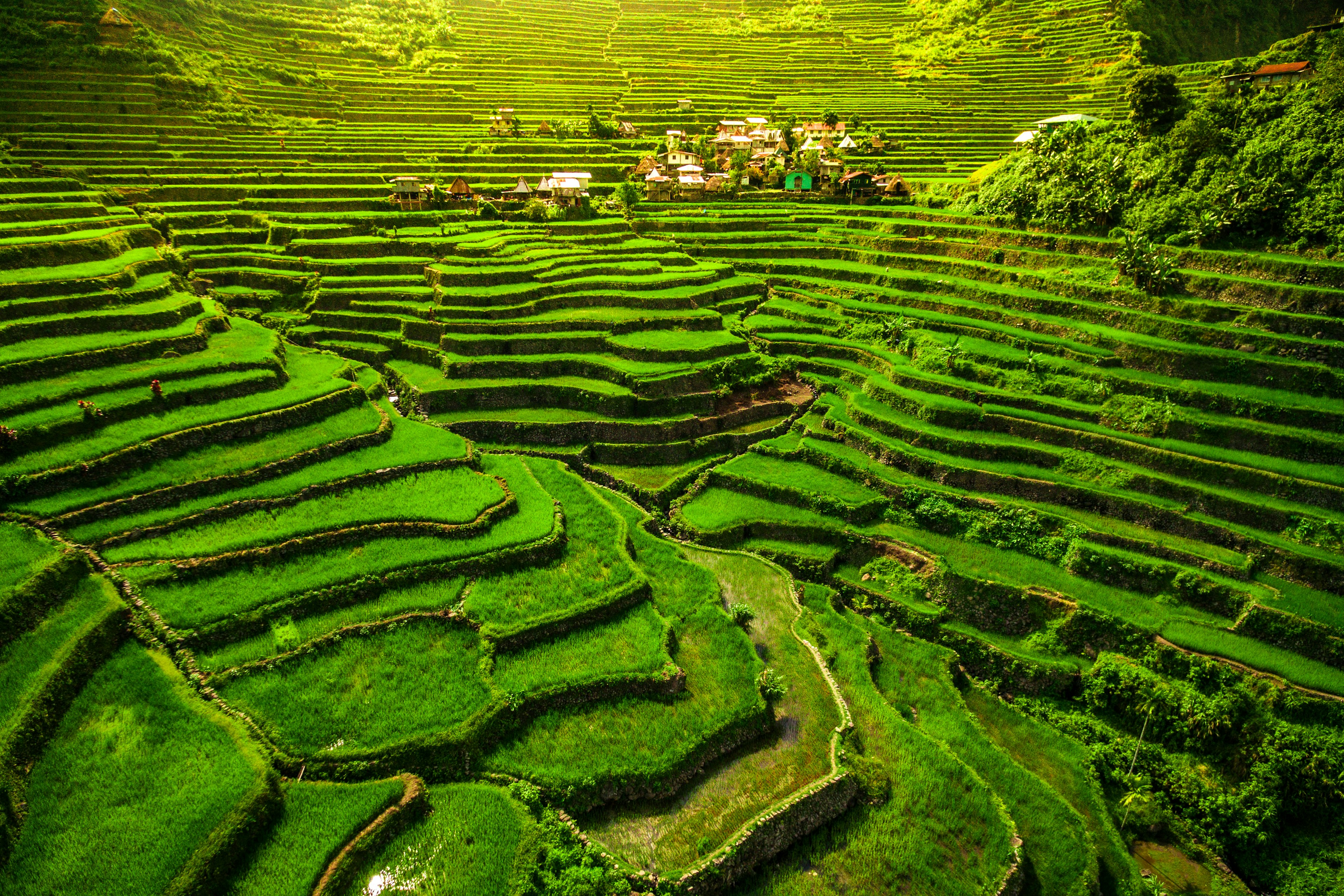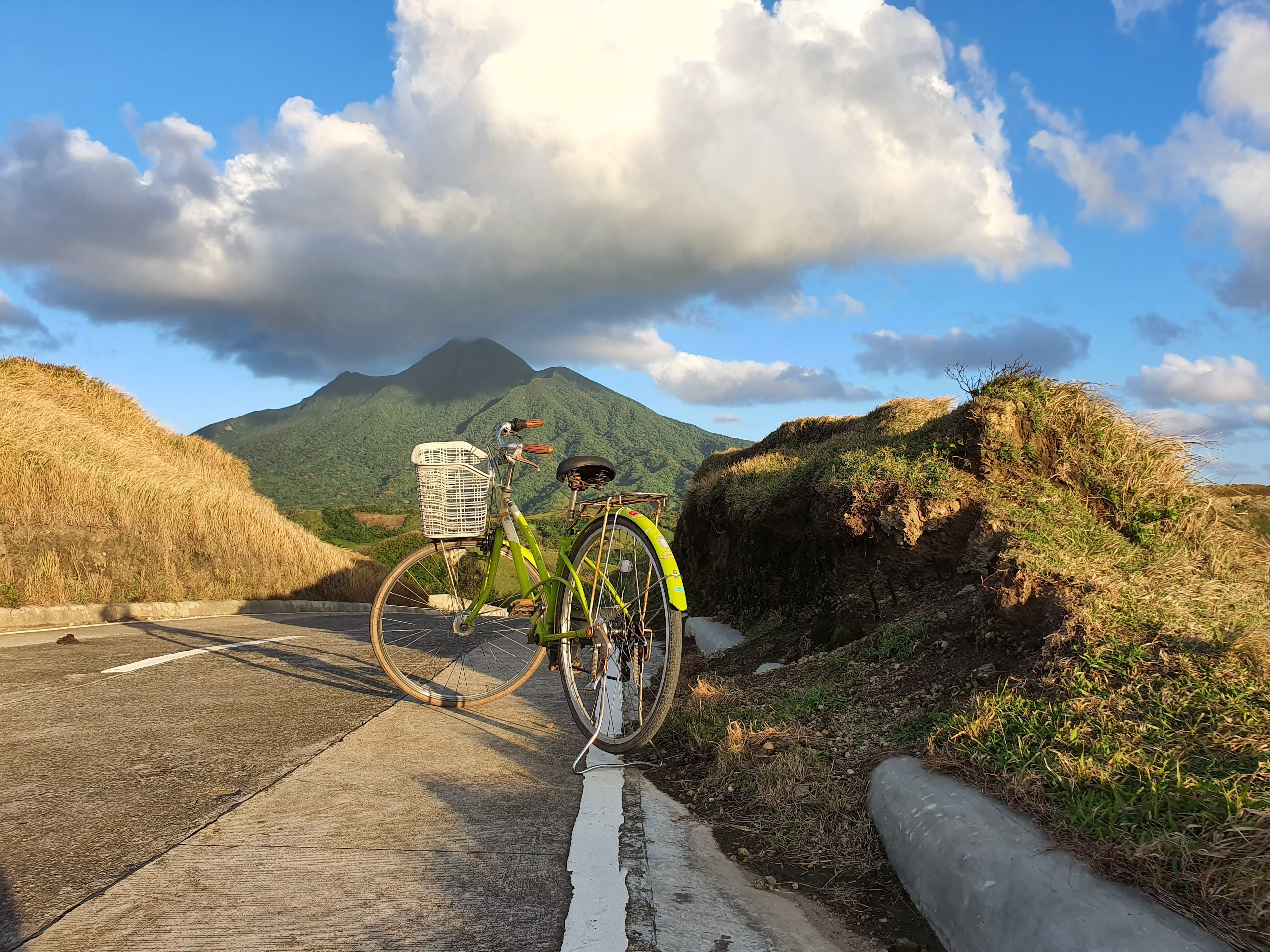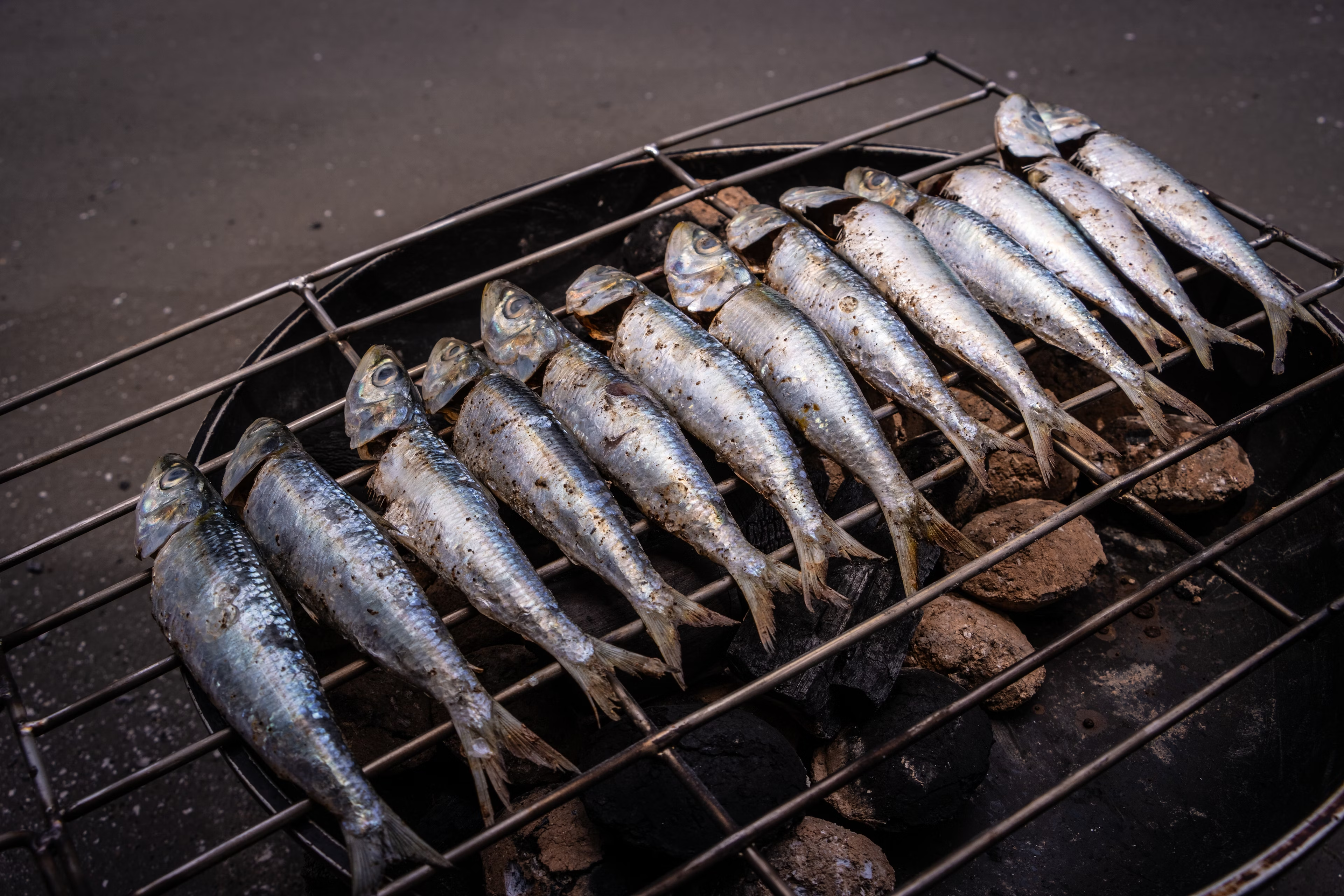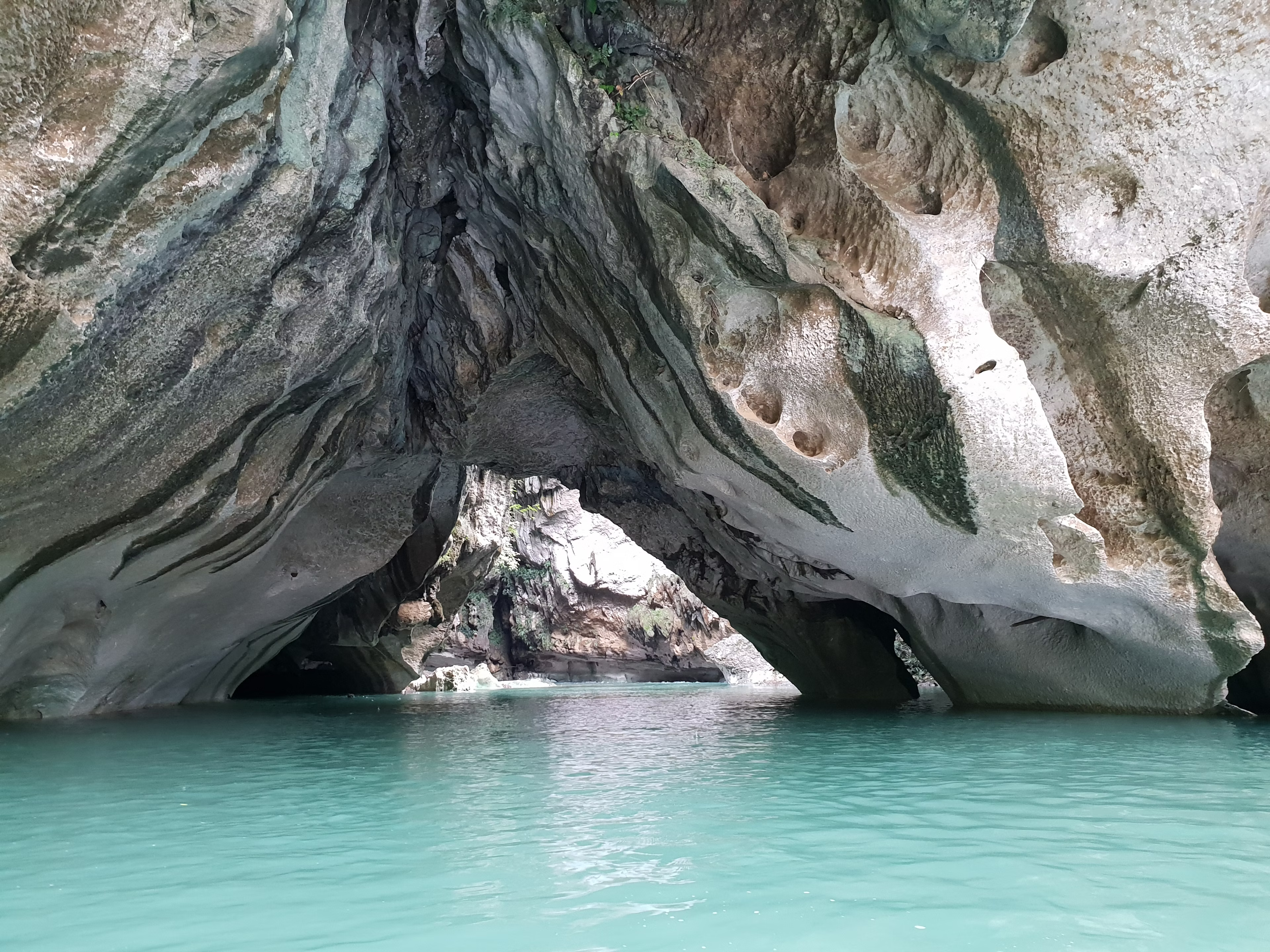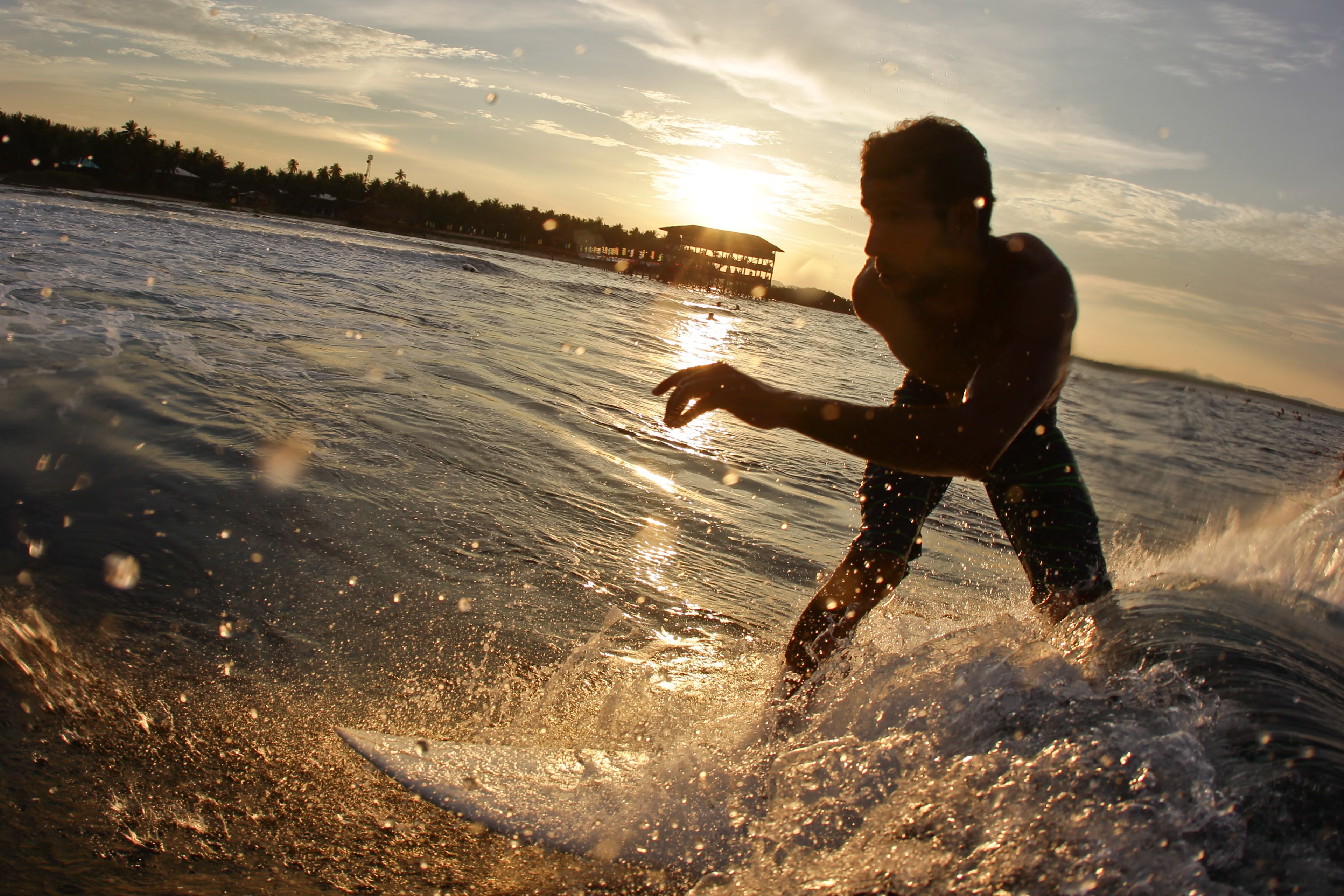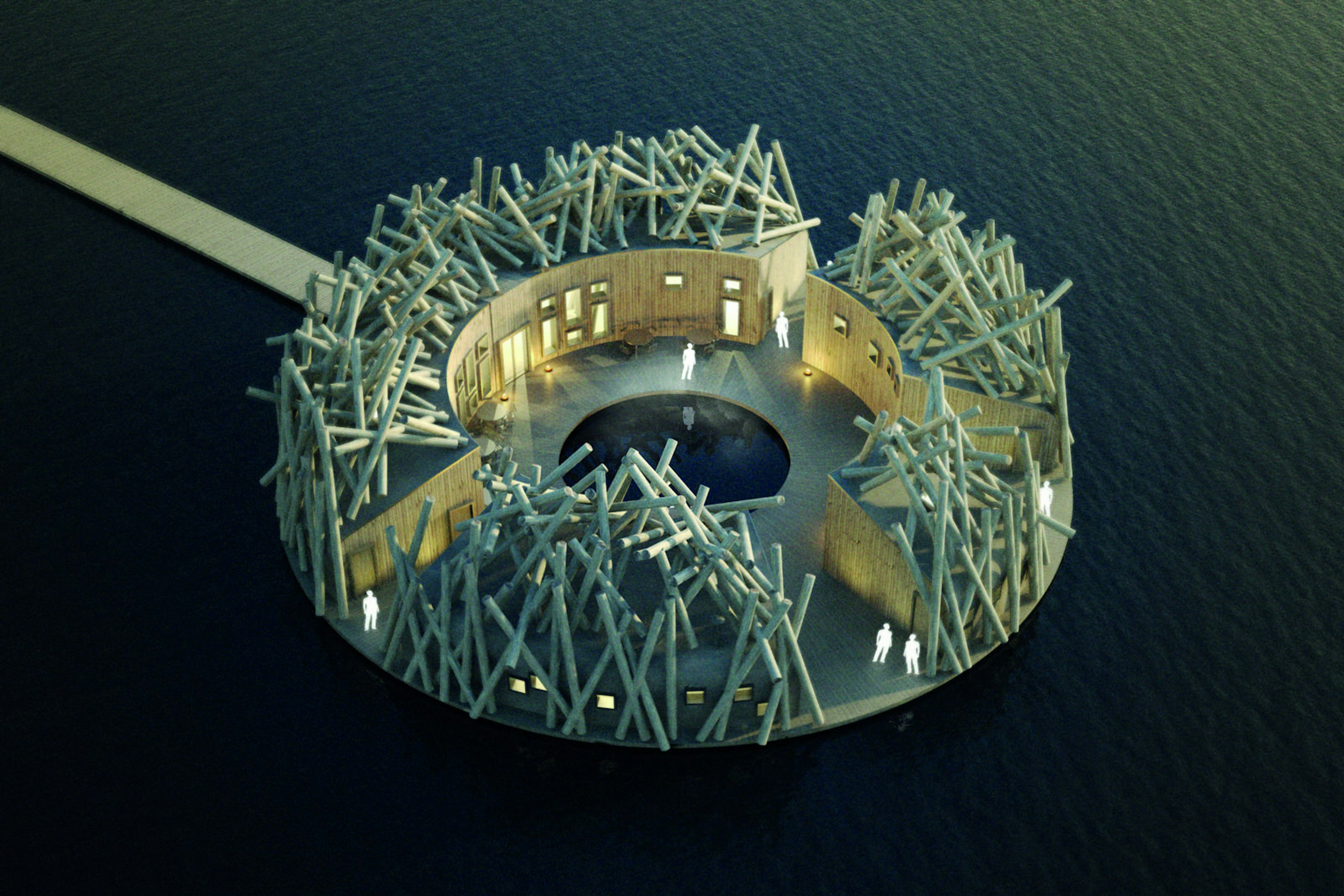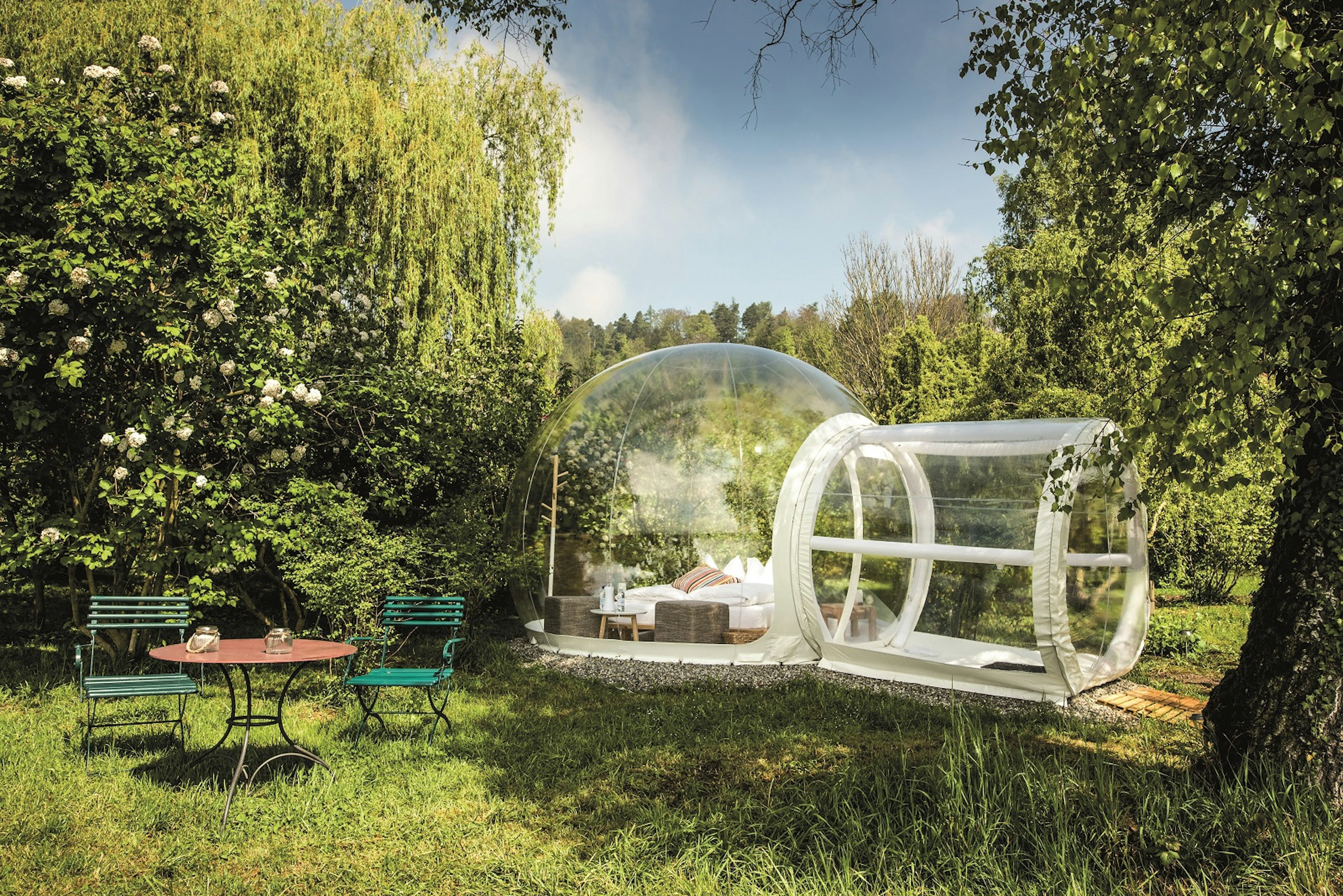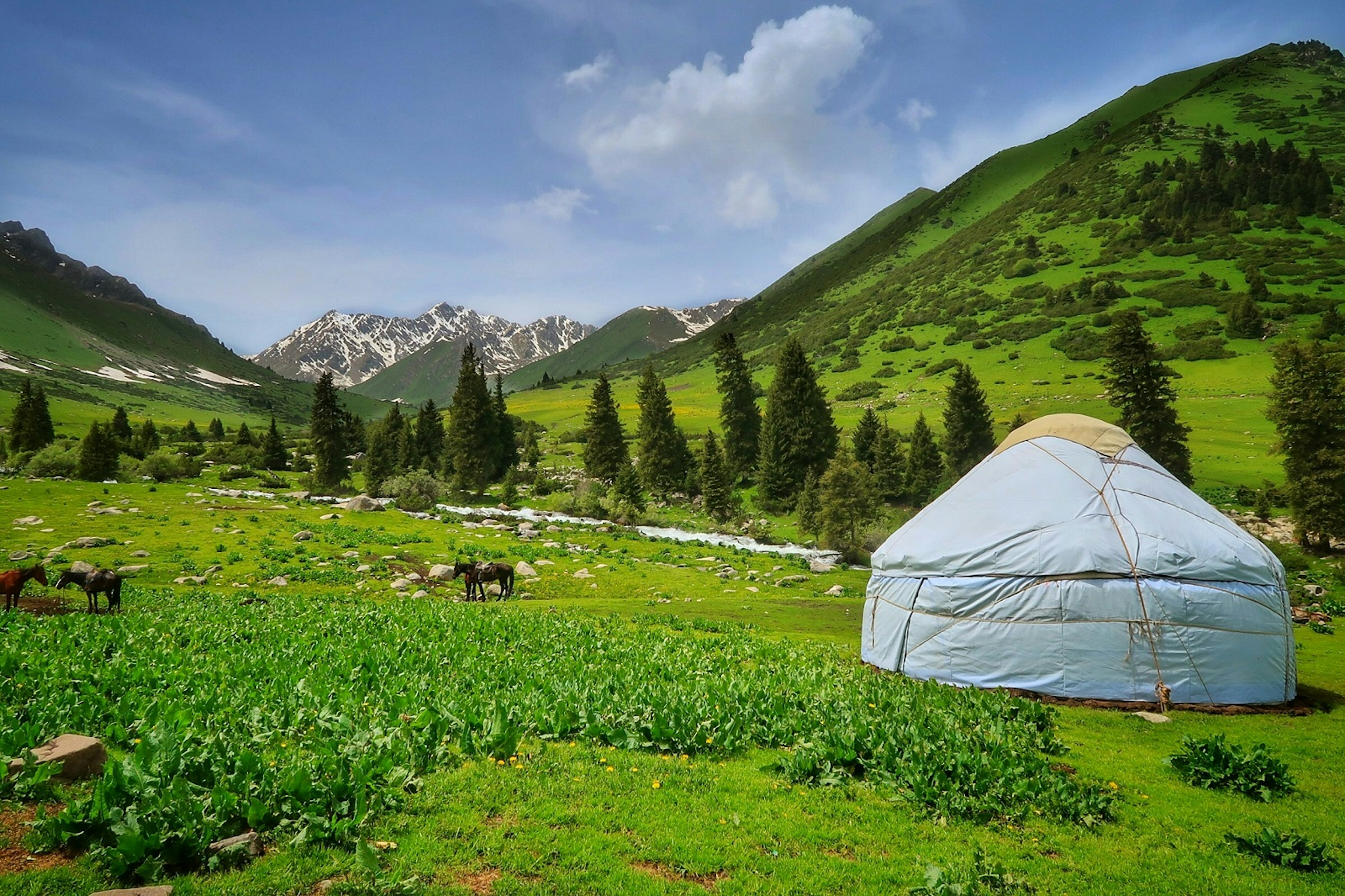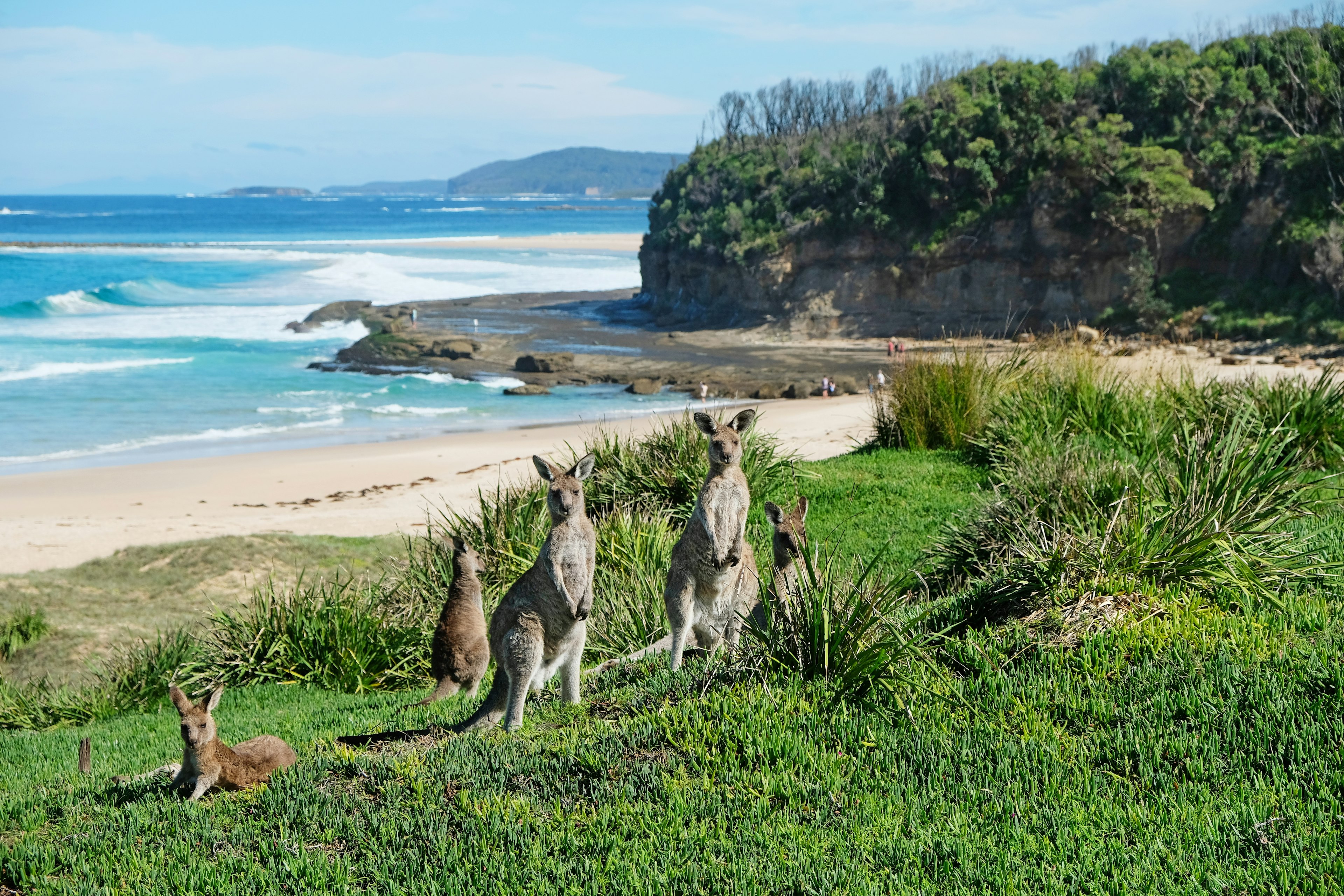You’ve said your vows, heard (or endured) the speeches, cut the cake and danced your first dance – now it’s time to kick-start married life with an unforgettable trip.
Wondering where to honeymoon in winter? Whether you want tropical beaches, action-packed adventures or epic wildlife encounters, these honeymoon destinations are wonderful places to escape – or make the most of – the northern hemisphere’s coldest months.

Yucatán Peninsula, Mexico
After the stress of planning a wedding, honeymoon decision fatigue can set in. But don’t panic: Mexico’s Yucatán Peninsula is a no-brainer. Take your pick of turquoise-trimmed beaches along its Caribbean coastline, sip margaritas in a hammock on Isla Holbox, and when your batteries are recharged, let the Mayan ruins of Tulum, Chichén Itzá, Uxmal and others blow your minds with their mysterious temples and enormous feats of architecture. There’s impressive wildlife too: visit Sian Ka’an Biosphere Reserve to kayak between mangroves and snorkel with sea turtles.
South Island, New Zealand
New Zealand’s South Island is practically synonymous with adventure, and loved up adrenaline-seekers will have no trouble finding tandem bungees in Queenstown to celebrate the start of married life. But wait – there’s more. November to March is prime orca-spotting season in Kaikoura, while the 51km-long coastal track in Abel Tasman National Park provides dreamy scenery for day trips and multi-day hikes. Looking for something a little more leisurely (preferably involving alcohol)? Hire a bike and bimble between vineyards on the Marlborough Wine Trail, tasting the region’s legendary Sauvignon Blancs and lesser-known Pinot Noirs as you do – helmets and well-lined stomachs are non-negotiable.

Oman
Winter is the perfect time to visit Oman – the scorching summer temperatures have mellowed to the mid-20s (°C) and the country’s famed wadis are brimming with emerald and turquoise water. Make like newly-wed celebs Nick Jonas and Priyanka Chopra and splash out on a five-star stay at Six Senses Zighy Bay; gaze at a billion twinkling stars at a remote (and romantic) desert camp; and explore the north’s Unesco world heritage sites, including grand Bahla Fort and the mystifying Beehive Tombs. If you can’t make it to the latter, the National Museum of Muscat features a reconstructed tomb and other exhibits showcasing Oman’s rich history.
Travelling as an LGBT couple in Oman
Scotland
Who says honeymoon weather has to be hot? Cosy up in a luxury mountain lodge after a day braving the cold on a hike in The Cairngorms National Park, or tuck into a pub lunch overlooking Loch Ness at Dores Inn. If hot tubs and roaring open fires don’t warm you up, we know what will… whisky, of course! There are over 120 distilleries in Scotland to choose from – catch a ferry to Islay off the west coast to sample some of the peatiest drams on a tasting tour at Lagavulin or Laphroaig.

Fernando de Noronha, Brazil
Nature lovers in need of sunshine, look no further: the Unesco-listed archipelago of Fernando de Noronha is home to some of Brazil’s best beaches, surfing and diving, and is a popular breeding ground for hawksbill sea turtles and spinner dolphins. Newly-weds can snorkel at petite Baía dos Porcos, brave a rocky descent to see jaw-dropping Baía do Sancho, or investigate shipwrecks and underwater caves on a dive – visibility is excellent and the balmy temperatures mean no wetsuit is required. Visitor numbers to Fernando de Noronha are restricted, accommodation is pricey and eco taxes apply, so you’ll need to book in advance. If you’re coming in February, why not tag on a trip to Rio for Carnival?
Dominica
If you want a Caribbean getaway with a difference, try lesser-visited Dominica. Dubbed ‘the nature island’, it’s ideal for independent couples with an adventurous streak. Spend your days hiking hilly jungle trails in Morne Trois Pitons National Park as you search for waterfalls, hot springs and the region’s gotta-see-it-to-believe-it Boiling Lake; or dive the bubbly waters of Champagne Reef before claiming a patch for your sarong on one of the island’s beaches, which range from white talcum-powder bays to black sand and pebbled shores. Save time for a visit to Kalinago Barana Autê, where you can learn about local indigenous culture and history.
Travelling as an LGBT couple in Dominica

Tanzania
You’ve married them, so here’s hoping you can handle your life-partner’s David Attenborough impressions because, on a safari in Tanzania, temptation to imitate the natural historian’s narration style will be high. Keep your eyes peeled for giraffes, hippos, big cats and over 500 species of birds in Serengeti National Park before dining under the stars at a luxury safari camp. Finish your trip with a relationship-testing trek up Kilimanjaro, followed by a week of relaxation on the beaches of Zanzibar.
Travelling as an LGBT couple in Tanzania
Banff and Jasper, Canada
If you can’t beat winter, rejoice in it. And where better to embrace a big freeze than in Banff and Jasper National Parks? Celebrate the beauty that comes with sub-zero temperatures in January at the Ice Magic Festival in Lake Louise or Snowdays in Banff, where pros create sculptures out of ice and snow; hit the slopes at Banff Sunshine which boasts one of the longest ski seasons in North America; or take in the mountain views from a massage table. Visit between November and February for the best chance of catching a glimpse of the aurora borealis from Jasper Dark Sky Preserve.

Cambodia
Southeast Asia is one of the world’s most affordable honeymoon destinations and Cambodia is having a moment. The sprawling ancient Temples of Angkor are an itinerary essential – get there for sunrise to beat most of the crowds and consider a three-day pass (valid for a week) if you want to see more than the key temples. Then head to the southern islands for a little R&R – Song Saa Private Island offers a luxurious escape, Koh Rong is a party-lover’s paradise, and Koh Totang is perfect for those looking for a digital detox.
São Tomé and Príncipe
Move over Mauritius and the Seychelles: the lesser-known isles of São Tomé and Príncipe off the west coast of Africa are here to steal your thunder. Peppered with Portuguese colonial architecture, deserted beaches, dramatic peaks and rainforest hiking trails, this is the place for couples wanting off-the-beaten-track adventures with a little luxury thrown in. November to March is prime time to witness green hawksbill and leatherback sea turtles laying their eggs on São Tomé’s Praia Grande, and snorkelling visibility is at its highest too. On Príncipe, check out beautiful Praia Banana (of Bacardi advertisement fame) before checking in to an island bungalow at Bom Bom Principe.
You might also like:
Inside the luxury locations of this year’s celebrity honeymoons
Where to find winter sun in Europe
Best US destinations for winter sun
Make sure you’re ready for anything with travel insurance from our trusted partners.


